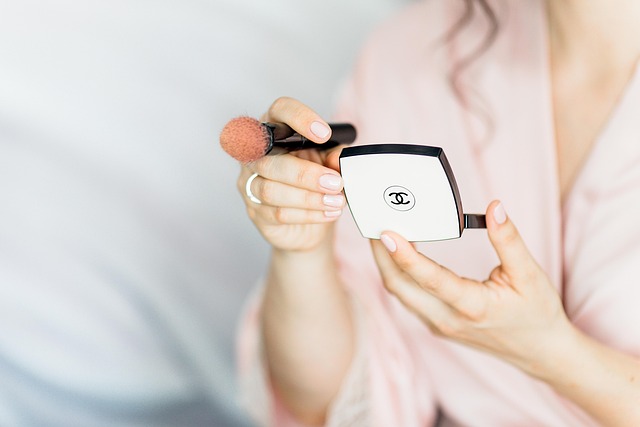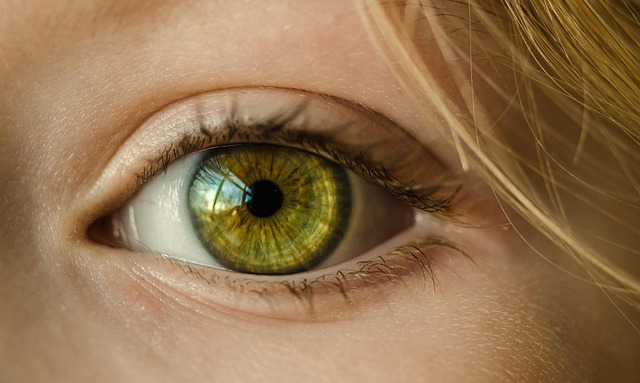As a painter, the journey through art and design is both exhilarating and profound. The brush, a simple tool, becomes an extension of our creativity, allowing us to translate our feelings and thoughts onto the canvas. Each stroke of the brush can evoke emotions, tell stories, and capture moments in time. Understanding how to manipulate this tool not only enhances your technical skills but also deepens your emotional connection to your work.
When approaching painting, start with the type of brush you select. Each brush carries unique characteristics; the bristles, shape, and stiffness will influence your paint application and the resulting texture. For example, a flat brush can create bold, sweeping strokes, while a round brush allows for more detail and delicate lines. Experimenting with different brushes can transform a mundane painting into a masterpiece. So, don’t hesitate to branch out from your usual choices and explore what each brush can offer.
Design is just as crucial as the paint itself. It encompasses the planning and arrangement of elements in your artwork. Before you even touch the brush to the canvas, consider the composition of your piece. This involves understanding balance, contrast, and the flow of your imagery. A well-thought-out design can make the difference between a good painting and a remarkable one. Think about how your chosen colors interact and how they will come to life with each stroke of the brush.
As you paint, remember to pay attention to the emotional weight each brush stroke carries. The act of painting is not just about applying color to canvas; it’s an exploration of feelings. Use your brush to channel your emotions, whether they are joy, sadness, or nostalgia. This will imbue your work with a sense of authenticity that viewers can resonate with. Every time you pick up a brush, you’re given the opportunity to express a part of yourself—embrace it!
Additionally, don’t shy away from embracing imperfections. The beauty of art lies not only in its precision but in the raw, unfiltered expression it represents. Mistakes made with a brush can often lead to unexpected and delightful discoveries. These accidents can become pivotal points in your painting, reflecting the spontaneity and unpredictability of the artistic process.
Moreover, art is not a solitary journey. Engage with fellow artists and designers, share techniques, and gather inspiration. Collaboration can introduce you to new ideas, brush techniques, and design concepts that could revolutionize your approach. Networking within the art community fosters growth and innovation, helping you refine your personal style and broaden your artistic horizons.
Ultimately, remember that the act of painting is deeply personal. Let your brush dance across the canvas as you convey your own narrative. Allow your heart to guide your hand, creating a visual dialogue that invites others into your world of perception. Art and design, when approached with sincerity and passion, can transcend mere aesthetics and strike a chord in the hearts of those who encounter your work.



